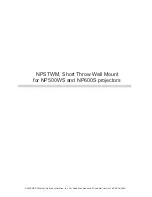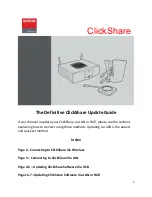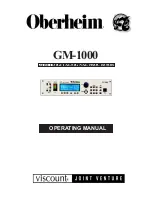
Memory Protection Unit
ARM DDI 0363G
Copyright © 2006-2011 ARM Limited. All rights reserved.
7-8
ID073015
Non-Confidential
7.3
Region attributes
Each region has a number of attributes associated with it. These control how a memory access
is performed when the processor accesses an address that falls within a given region. The
attributes are:
•
Memory type, see
—
Strongly-ordered
—
Device
—
Normal.
•
Shared or Non-shared
•
Non-cacheable
•
Write-through cacheable
•
Write-back cacheable
•
Read allocation
•
Write allocation.
The Region Access Control Registers use five bits to encode the memory region type. These are
the TEX[2:0], C and B bits.
shows the mapping of these bits to memory
region attributes.
Note
In earlier versions of the ARM architecture, the TEX, C, and B bits were known as the Type
Extension, Cacheable and Bufferable bits. These names no longer adequately describe the
function of the B, C, and TEX bits.
All memory attributes that are cacheable, write-back or write-through, are also implicitly
read-allocate.
shows which attributes are write-allocate.
In addition, the Region Access Control Registers contain the shared bit, S. This bit only applies
to Normal memory, and determines whether the memory region is Shared (1) or Non-shared (0).
When the processor performs a memory access through its AXI bus master interface:
•
the Inner attributes are indicated on the
A*INNERM
signals.
•
the Outer attributes are indicated on the
A*CACHEM
signals.
For the encodings, see
.
Similarly, for memory accesses performed through the AXI peripheral port, the Outer attributes
are indicated on the
A*CACHEP
signals.
For more information on region attributes, see the
ARM Architecture Reference Manual
.
















































